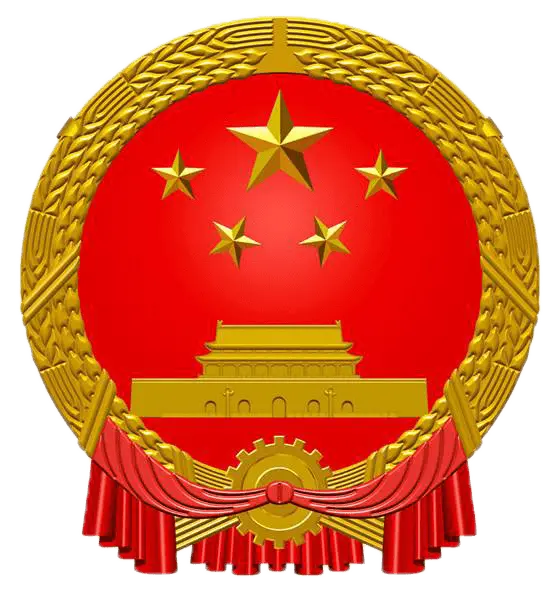

 下载产品说明书
下载产品说明书 用小程序,查商品更便捷
用小程序,查商品更便捷



 收藏
收藏
 对比
对比 咨询
咨询
Leu17-Asn294, with C-terminal 8*His
LPVKVTDSGSSEEKLYSLHPDPIATWLVPDPSQKQNLLAPQNAVSSEEKDDFKQETLPSNSNESHDHMDDDDDDDDDDGDHAESEDSVDSDESDESHHSDESDETVTASTQADTFTPIVPTVDVPNGRGDSLAYGLRSKSRSFQVSDEQYPDATDEDLTSHMKSGESKESLDVIPVAQLLSMPSDQDNNGKGSHESSQLDEPSLETHRLEHSKESQESADQSDVIDSQASSKASLEHQSHKFHSHKDKLVLDPKSKEDDRYLKFRISHELESSSSEVNGGGSHHHHHHHH











OPN is an integrin-binding glycoprotein also known as secreted phosphoprotein 1 (SPP1). OPN is so named because it was first discovered in osteoblasts and osteoclasts. The latter is developed from the macrophage lineage. OPN protein has a secreted form and an intracellular form. The secreted OPN has two integrin-binding domains which can adhere to integrins on the surfaces of macrophages, making it a potent chemoattractant as well as an activator of macrophages. In innate immunological cells such as dendritic cells, OPN can be activated upon infection. The OPN-integrin binding can trigger downstream macrophage activities including TNF secretion, producing an inflammatory microenvironment. Poor prognosis of HCC was correlated with elevated OPN RNA, tissue OPN protein levels and pre-operative serum OPN protein levels. An anti-OPN antibody has been shown to defer the growth and metastasis of breast cancer in a mice model. As macrophages can also secret OPN, PTM and OPN form a vicious autocrine/paracrine cycle for the progression of cancer. Thus, in the future, novel strategies to break this cycle could bring to new anti-HCC treatments.


·12 months from date of receipt, -20 to -70 °C as supplied.
·1 month, 2 to 8 °C under sterile conditions after reconstitution.
·Please avoid repeated freeze-thaw cycles.
1.Kung-Hao Liang. OPN sesame. Hepatobiliary Surg Nutr 2014;3(3):112-114.

参考图片
1μg (R: reducing condition, N: non-reducing condition).







 危险品化学品经营许可证(不带存储) 许可证编号:沪(杨)应急管危经许[2022]202944(QY)
危险品化学品经营许可证(不带存储) 许可证编号:沪(杨)应急管危经许[2022]202944(QY)  营业执照(三证合一)
营业执照(三证合一)